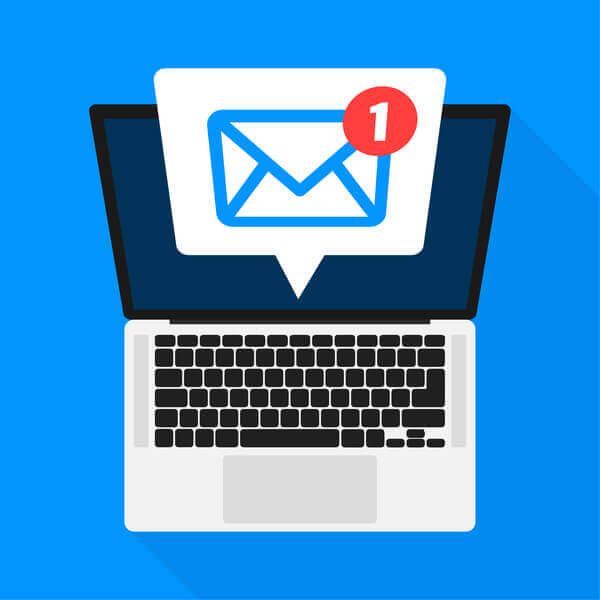English proficiency is crucial in the healthcare industry, not only for the well-being of patients but also for the professional growth of medical personnel. This lesson plan is tailored specifically for healthcare professionals and students in the medical field at an intermediate B1 level. It focuses on expanding medical vocabulary, refining patient communication strategies, and improving the reading comprehension of medical texts.
Summary
This lesson introduces essential medical terminology, offers practice through patient scenarios, and guides students through the nuances of reading complex medical documents. By integrating vocabulary exercises, role-play, and text analysis, students will gain confidence in using English in their professional settings.
Lesson Focus
Students will expand their medical vocabulary, learn effective communication strategies for interacting with patients, and develop skills for comprehending medical texts. The lesson also integrates critical thinking and problem-solving skills relevant to the medical field.
Lesson Content
Activity 1: Medical Terminology Matching Game
Approximate Time Needed: 30 minutes
Objective: To familiarize students with key medical terminology in English.
Materials: Flashcards with medical terms and their definitions (available for download or can be handmade).
Instructions:
- Divide students into small groups.
- Distribute a set of flashcards to each group, ensuring each card of medical terminology has a matching definition card.
- Instruct each group to match the terms with their correct definitions.
- Review the matches as a class, discussing any incorrect matches and their correct pairings.
Activity 2: Role-playing Patient Scenarios
Approximate Time Needed: 45 minutes
Objective: To practice patient communication skills in various medical situations.
Materials: Scenario cards describing different patient situations, available for creation based on common instances in healthcare settings.
Instructions:
- Divide the class into pairs.
- Give each pair a scenario card and allow them some time to prepare their role-play.
- Each pair takes turns performing their scenario, with one student acting as the healthcare professional and the other as the patient.
- After each performance, facilitate a discussion on the communication strategies used and offer feedback.
Activity 3: Reading and Understanding Medical Texts
Approximate Time Needed: 40 minutes
Objective: To practice reading comprehension skills through analyzing medical texts.
Materials: A selection of medical texts (e.g., journal articles, patient information leaflets), either from online resources or textbooks.
Instructions:
- Distribute different texts to the students or pairs of students.
- Ask them to read their assigned text, noting down any unfamiliar terms or phrases.
- Conduct a class discussion where students share their texts' main ideas and discuss the meanings of challenging terms or phrases.
- Wrap up by highlighting strategies for tackling complex medical texts in English.
Wrap Up
We've explored critical aspects of medical English through engaging activities designed to expand vocabulary, enhance patient communication, and develop comprehensive skills for medical texts. Whether through matching games, role-playing, or text analysis, we've tailored this lesson to boost confidence and competence in a healthcare setting.
Integrating technology into learning, ALULA, an AI-powered ESL app, presents an additional resource for students. By offering conversation exercises and grammar lessons tailored to specific topics, ALULA allows students to practice and reinforce the medical English skills acquired in this lesson. Its AI English Tutor enables interactive learning, making it a valuable tool for both in-class activities and at-home practice.










この記事に対してフィードバック、コメント、または提案がありますか?スポンサー内容の下にあるコメント欄でお知らせください。
英語教師ですか?記事を改善できるアイデアをお持ちですか?記事を寄稿したいですか?以下にコメントを残すか、お問い合わせください。